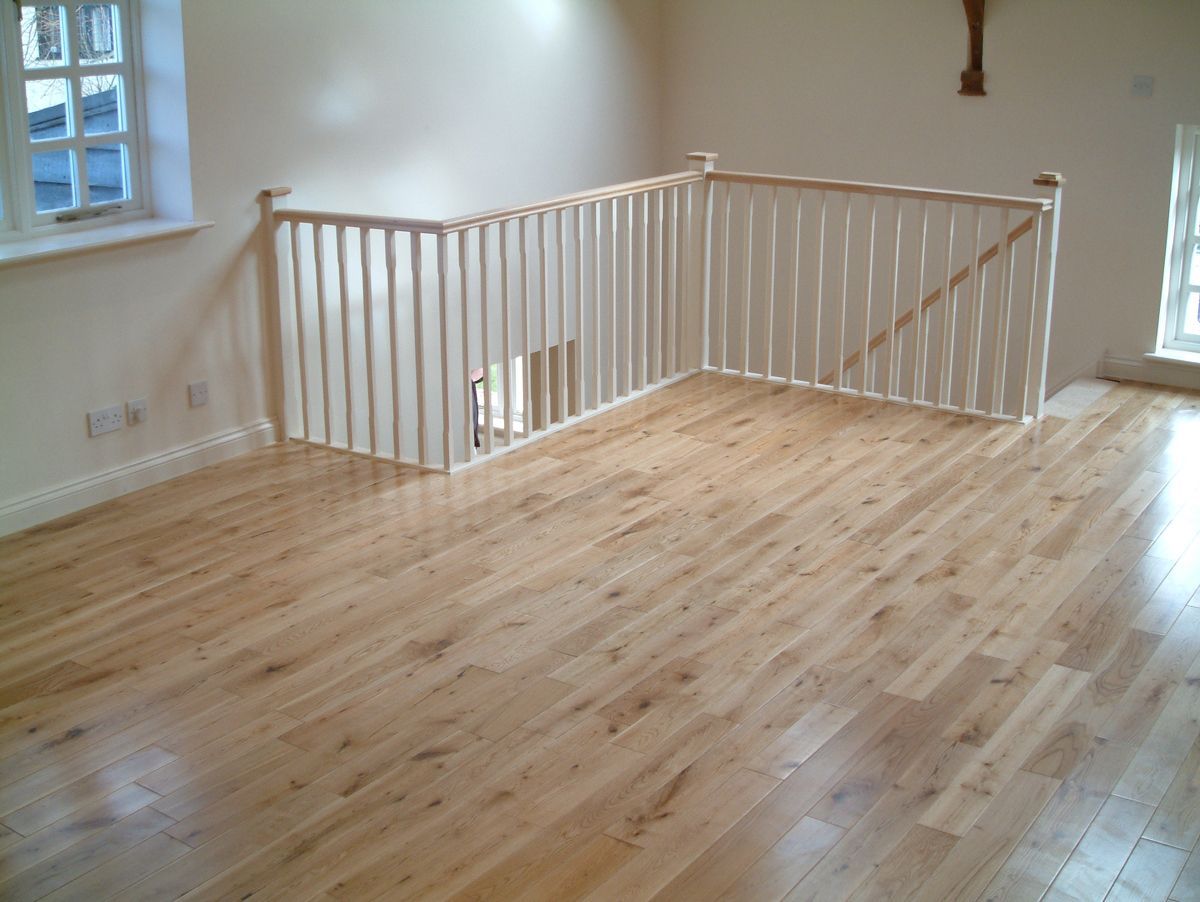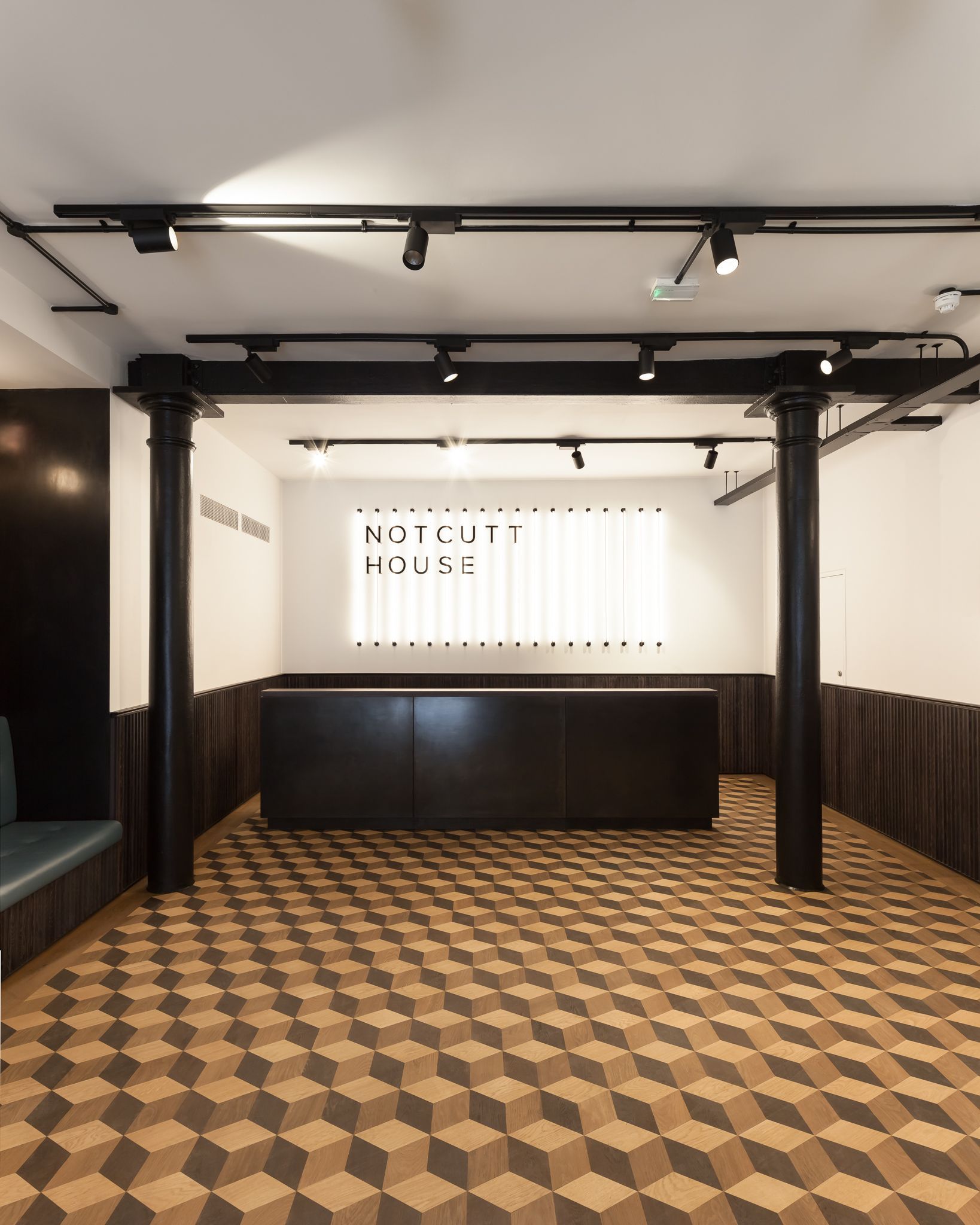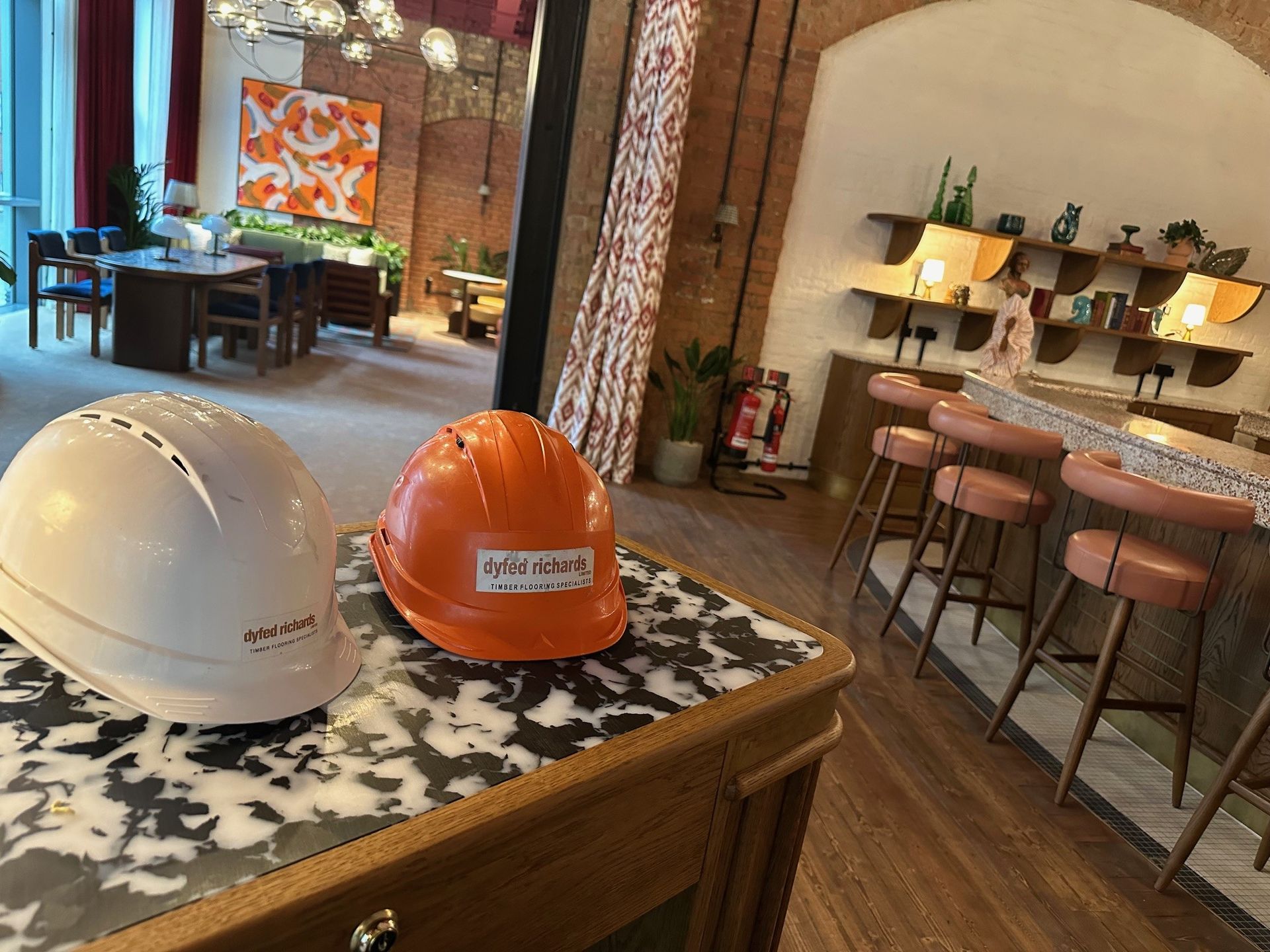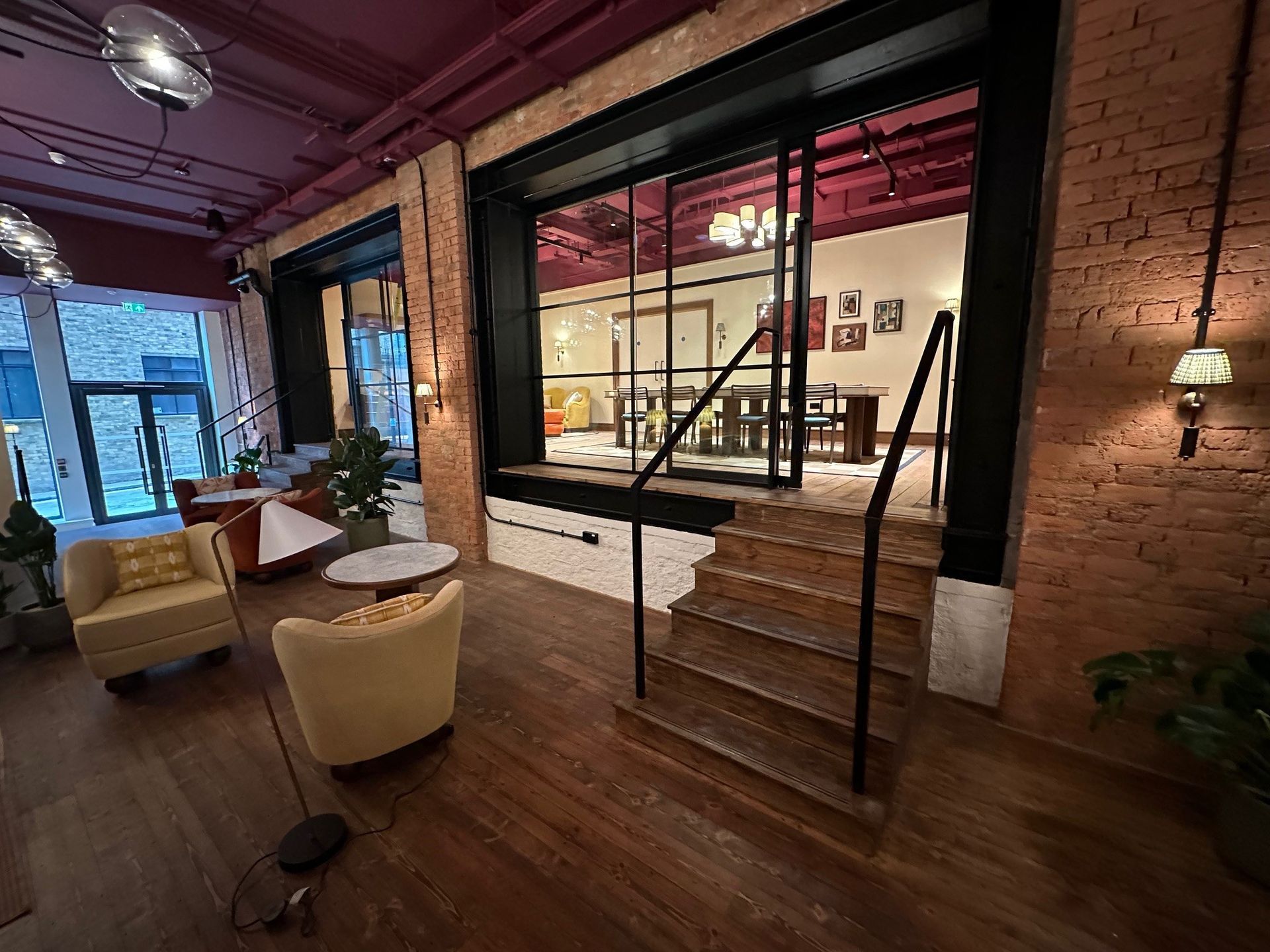Maintaining the Natural Beauty of Your Wooden Floors
Expert strategies to preserve warmth and character in your timber surfaces
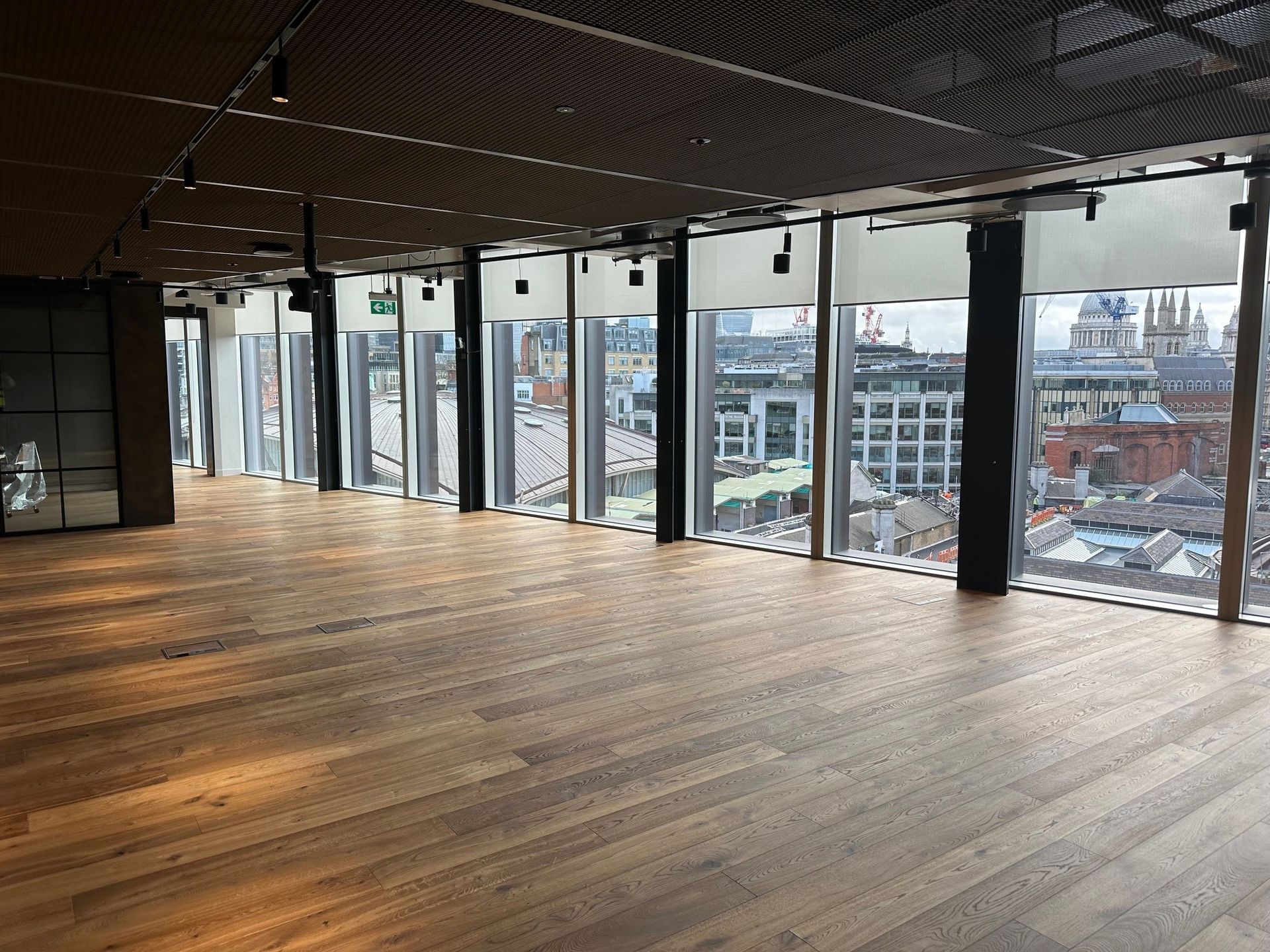
Understanding Your Wooden Floor
Each wooden floor possesses unique characteristics determined by species finish and installation method. Solid hardwood and engineered boards will respond differently to moisture light and wear. Identifying the type of wood and the finish applied enables you to tailor your maintenance approach for optimal results.
Regular Cleaning Practices
A simple weekly care routine prevents grit and dust from dulling the surface and causing scratches.
- Dry mop daily using a soft microfibre pad to remove surface dust and debris
- Use a barely damp mop once or twice a week with a neutral pH wood floor cleaner
- Ensure the mop is thoroughly wrung out to avoid excess water seeping into joints
- Dry the floor immediately with a soft cloth to prevent moisture damage
Avoid harsh detergents or ammonia based products which can strip the protective finish and dull the appearance of the timber.
Protection and Prevention
Preventing damage is more effective than correcting it after it occurs. Implement these measures to shield your flooring from everyday hazards.
• Place natural fibre mats at all entry points to trap grit and moisture before it reaches the boards
• Fit felt pads beneath furniture legs to reduce indentations and scratches when items are moved
• Rotate rugs periodically to ensure even exposure to light and foot traffic
• Encourage removal of shoes indoors or the use of soft soled slippers
Periodic Maintenance and Refinishing
Even with diligent care your wooden floor will require professional attention over time to restore its original beauty.
- Inspect your floor every six to twelve months to identify areas of wear or dullness
- Treat minor scratches by lightly buffing and applying a matching maintenance oil or polish
- Re-oil oil finished floors approximately every twelve to eighteen months
- Sand and recoat lacquer finished floors every three to five years depending on use
Always engage a qualified flooring specialist for sanding and refinishing to ensure even results and proper adhesion of new coatings.
Environmental Considerations
Wood naturally expands and contracts with changes in humidity and temperature. Maintaining stable conditions minimises gaps and cupping.
• Maintain indoor humidity between forty and sixty per cent using a humidifier or dehumidifier as required
• Avoid direct sunlight by using window films or curtains to prevent uneven fading
• Keep room temperature consistent around twenty degrees Celsius to reduce stress on the boards
Conclusion
A carefully planned maintenance regime preserves the innate beauty of your wooden flooring. Regular cleaning protection measures and scheduled professional treatments will ensure that your timber surfaces remain a focal point of warmth and elegance in your home. By understanding the specific needs of your floor and responding with appropriate care you safeguard both appearance and value for decades to come.


